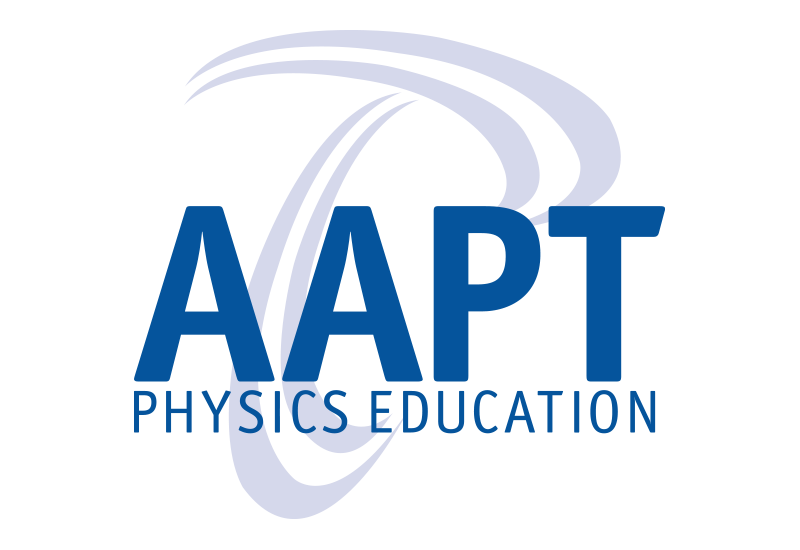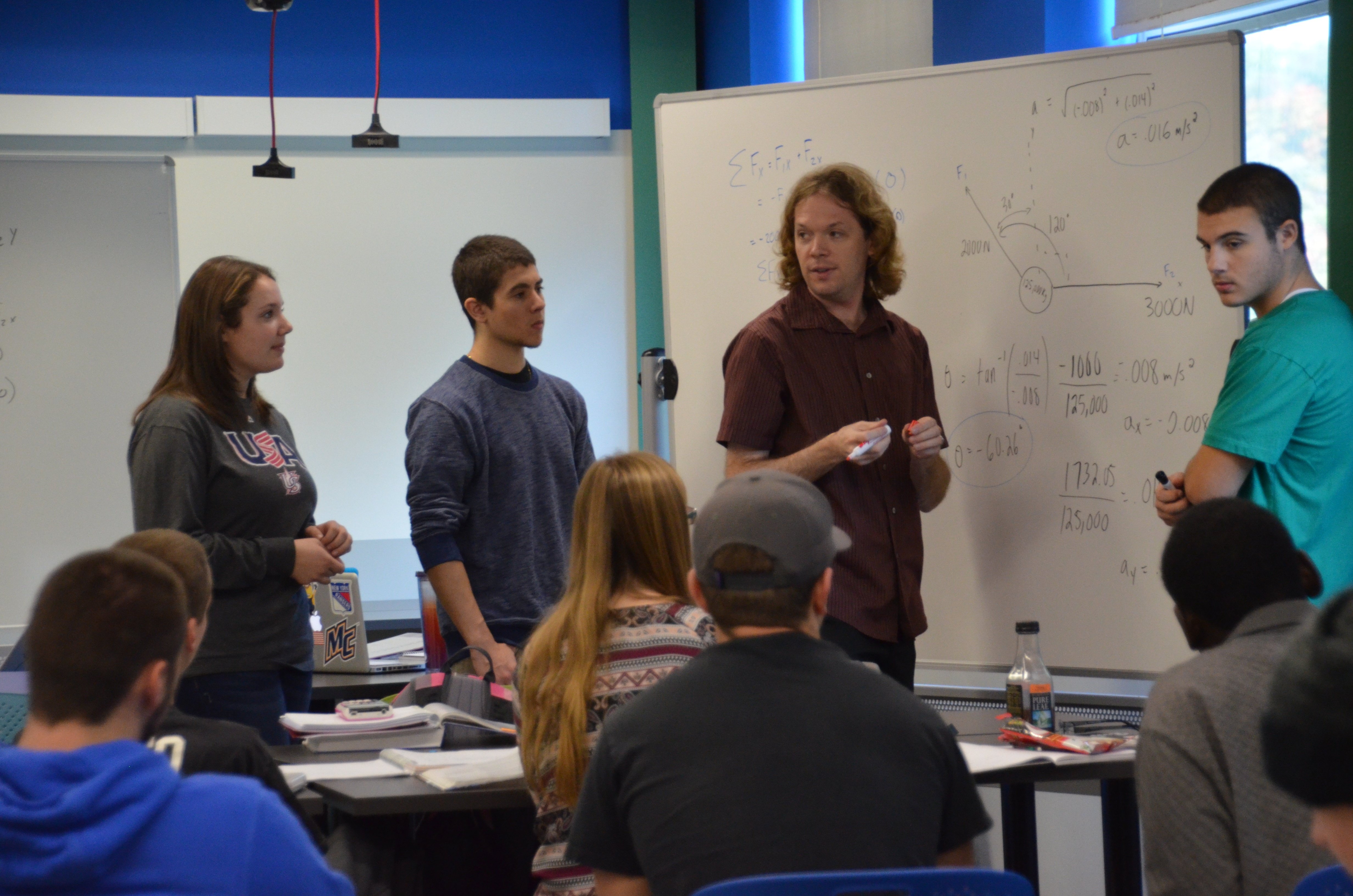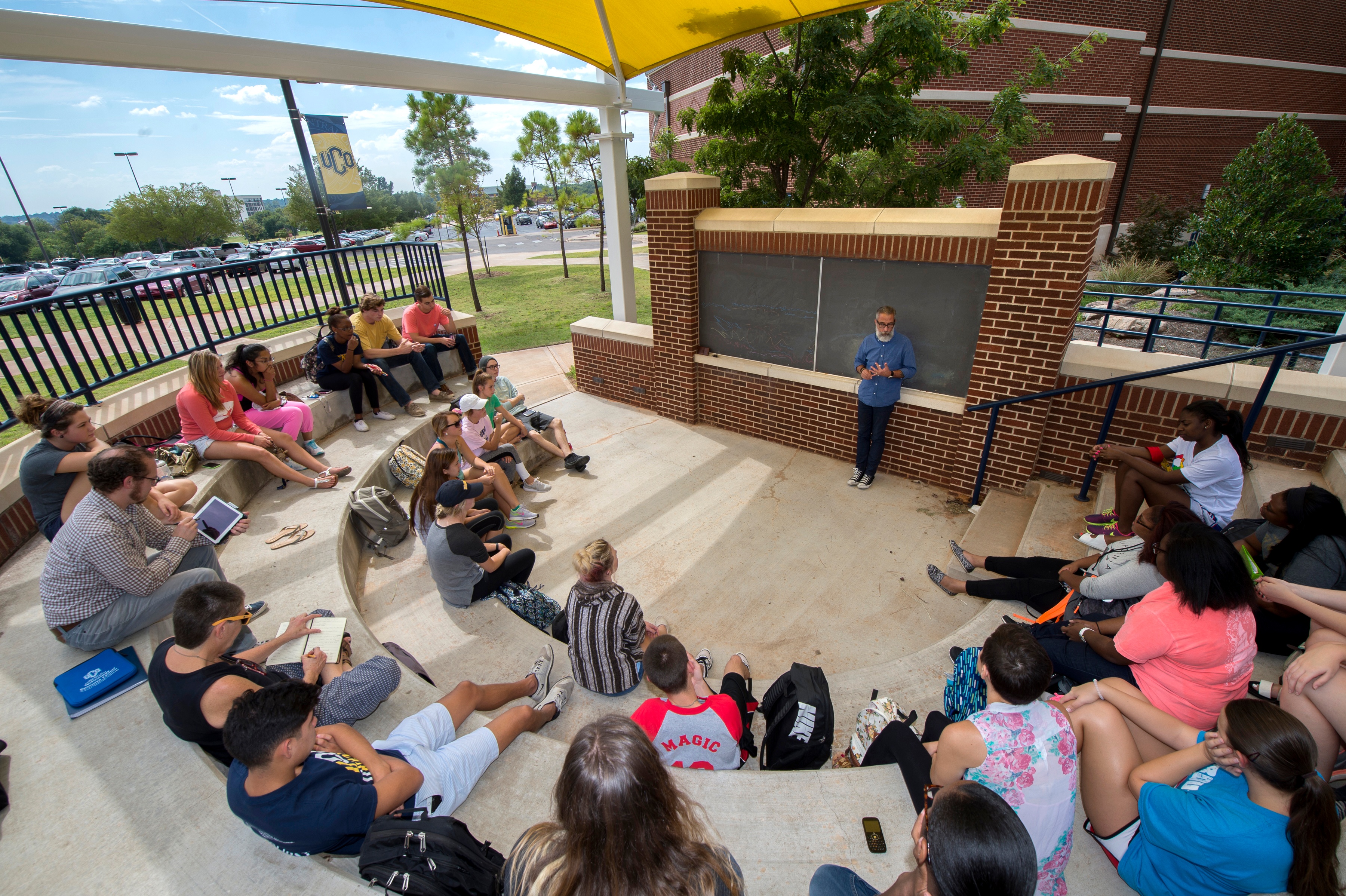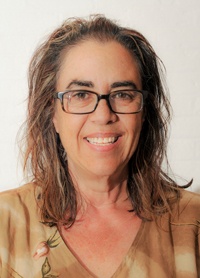The AAPT, or the American Association of Physics Teachers, was founded in the 1930s and is the premier global professional society for physics education. Their goal is “to enhance the understanding and appreciation of physics through teaching.”
Twice a year, the AAPT organizes a national meeting at various locations across the United States, giving its members and physics educators at all levels a chance at ongoing professional development. There will be a collection of speakers, workshops, and hundreds of sessions over a four or five-day period all centered around physics education.
Relevant software companies, organizations, and STEM promoters are typically represented at these meetings, along with many product-specific groups such as PASCO, Arbor Scientific, Merlan Scientific, Vernier and Texas Instruments each wanting you to demo their tools and equipment.
"Many of our members have told us that attending an AAPT national meeting has been the single-most transformative experience in their teaching careers. Attendees come away from our meetings equipped with ideas that they can quickly incorporate in their classrooms." says Mike Hall, Director of Membership at AAPT. How to become a member of AAPT?
In San Diego at the 2018 National Winter Meeting, Dr. David Pritchard of MIT and other contributors collaboratively presented, "The State of Online Physics Courses & Building Online Communities of Learning". The talk touched on the evolution of online homework which included data analysis of effective methodologies including blended learning, the flipped classroom, social media engagement, and the positive use of peer instruction.










